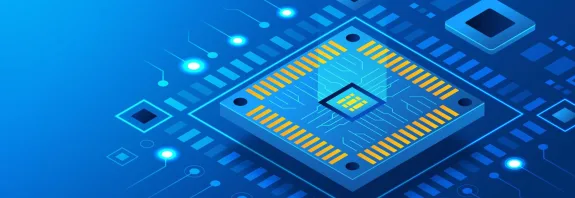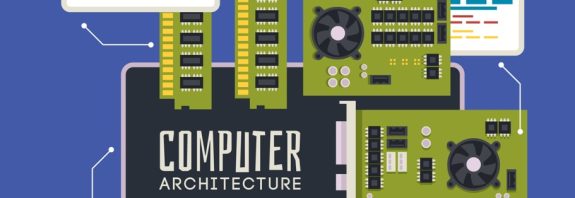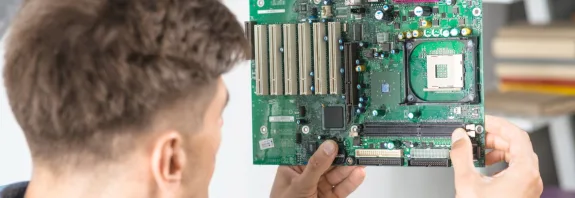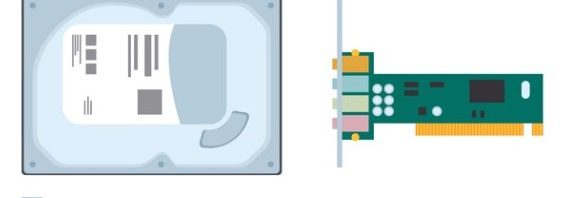What Makes Up a Processor?
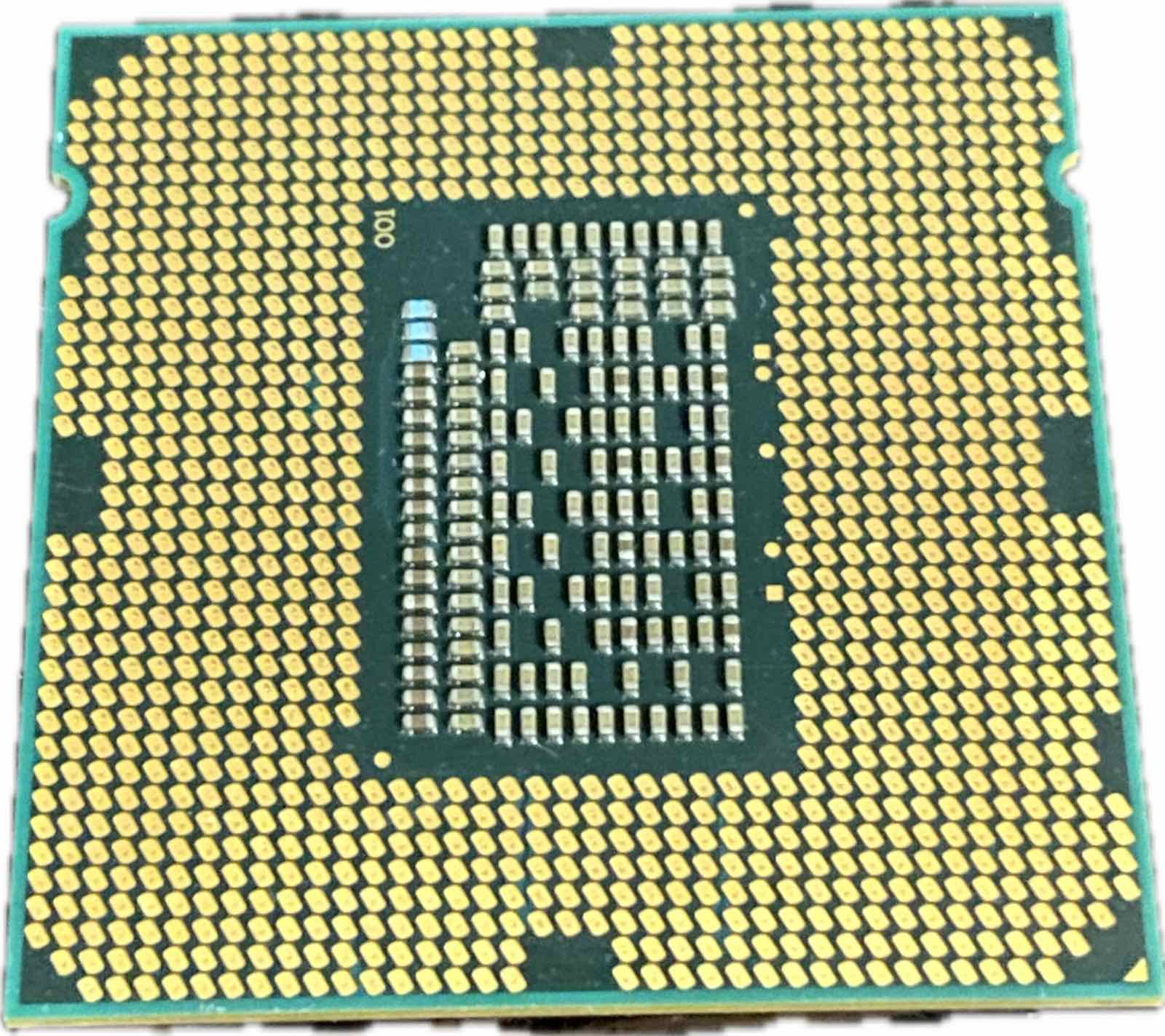
Components of a Processor: The Foundation of a Computer’s Digital Brain
What Makes Up a Processor? The processor, or central processing unit (CPU), is the most critical component of any computer, tasked with executing a wide range of operations and processing data. Often seen as a small black square, this powerhouse drives the functionality of modern computing devices. To better understand how it works, let’s break down its key components and their roles.
Cores:
A processor consists of one or more cores, each capable of executing operations and processing data independently. Multiple cores allow the CPU to handle several tasks simultaneously, boosting efficiency and speed. For example, a quad-core processor can juggle four processes at once, making multitasking smoother.
Cache Memory:
Cache memory is a high-speed storage area built directly into the processor, designed to temporarily hold frequently used data and instructions. By keeping this information close at hand, the cache reduces the time it takes to access data from the slower main memory (RAM), significantly enhancing the processor’s performance.
Arithmetic Logic Unit (ALU):
The ALU is the core component responsible for performing arithmetic and logical operations, such as addition, subtraction, comparisons, and bitwise functions. It handles the mathematical computations and data flow management essential to the processor’s operation.
Memory Controller:
The memory controller manages access to the computer’s random-access memory (RAM). It facilitates the smooth transfer of data between the processor and RAM, ensuring the system operates efficiently by coordinating memory requests and responses.
Registers:
Registers are tiny, ultra-fast storage units embedded within the processor, used to hold critical data and instructions during processing. As the quickest accessible memory in the CPU. Registers store temporary values—like operands or memory addresses—that the processor needs instant access to.
Instruction Set Support:
Every processor is equipped with support for a specific set of instructions, enabling it to carry out various tasks. This instruction set acts as the CPU’s “language,” allowing it to interpret and execute commands from the operating system and software applications.
Data and Instruction Buses:
The data bus transfers information between the processor and other computer components, such as RAM or storage devices, while the instruction bus delivers the commands the CPU needs to execute. Together, these buses form the communication highways that keep the system running smoothly.
How It All Comes Together
What Makes Up a Processor? Though, a processor may appear small and unassuming. Its components work in harmony to deliver the speed and efficiency we rely on in computers. Each part plays a unique role, from executing calculations to managing data flow. Collectively, these elements transform the CPU into the digital brain that orchestrates the entire computer’s operations. Powering everything from simple web browsing to complex computations. As technology advances, these components continue to shrink in size yet grow in capability, driving the relentless evolution of computing power.

